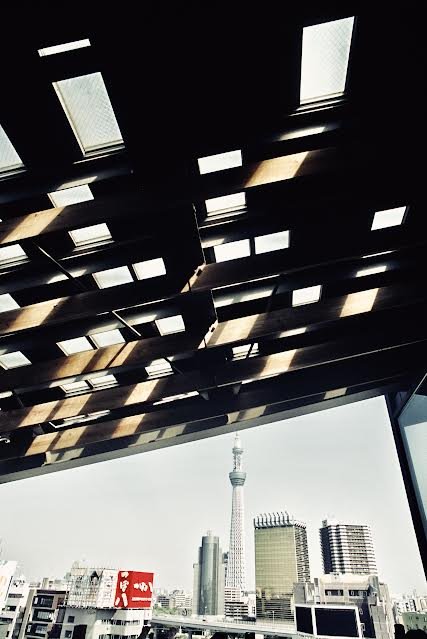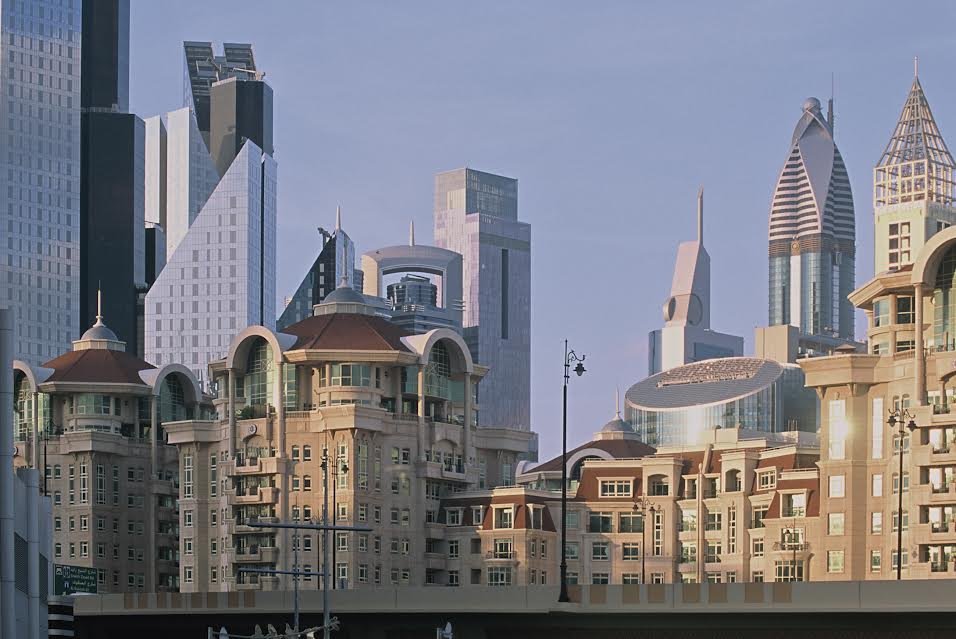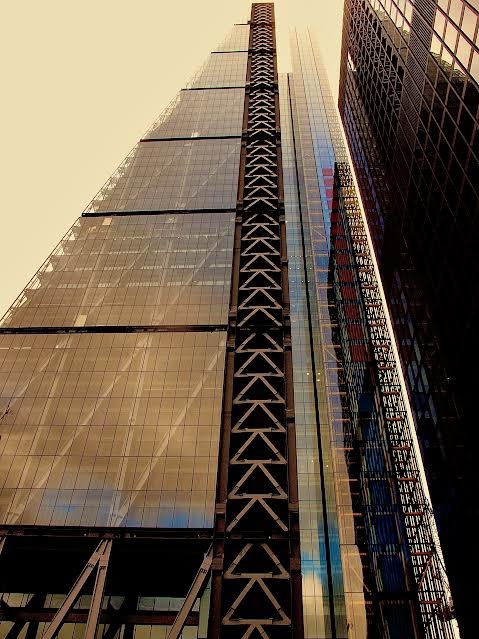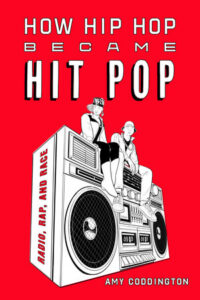Architecture of Cities: the World Chasing the Light

Entering London.
One day a prismatic pageantry of ghosts with like-minded souls stood at the threshold.
There was this photographer and the sway of Sir Norman Foster’s London Millennium Bridge.
There was a nuanced wall of one thousand buildings from a century of British architectural design.
Dreams mingled with my realities: Before I could cross the threshold I had to understand how to navigate a history of fantasies: Standing upright as if to cascade across nations: The one-hundred-foot wave hailing from Nazaré was both forbidding and foreboding: I watched as it seemed to be cresting inhabited by one-thousand eyes of Lampreys and Cods.
If I may inhabit James Thurber’s mind for one minute: in my eyes his “Mitty” my “Mitty” might have a darker disposition. In the most minute manner, Thurber realized what I have grown to embrace: my dreams become my realities. I had to get by the encumbrance of this wall, this wave in order to succeed.
Every year I read the English Romantic, Charles Lamb’s “New Year’s Eve”. It is the same as the year before: The words become more familiar: Like Lamb’s poem, my world remains the same. My days become more familiar: I dream that I battle every day to see something new: but in a new light:
One day I listened to Yusuf Lateef’s “Spartacus: Yusef Lateef – Love Theme From Spartacus – YouTube It reminded me that I entered each city not with the power of Spartacus’ army but with hidden dreams and the power to discover great things.

Entering Tokyo.
Most days when I enter a new city or one revisited: London, Paris, Tokyo, Mexico, Barcelona or…
I feel like a hamster challenging life’s experiences: avec a hamster wheel: Round and round I go: I am lost in my mind and lost on every path I walk: The scariest part of my life as a photographer is that there is not a single map nor navigational system that can lead me to where I need to be: I feel my way through streets that have so many curves and misdirection it is as if I am accompanied by a mere white cane: Lost and lost again: But my god, the things not on the itinerary that I have discovered: The streets to observe, the comforts that I know: A pub, a cafe, a street corner, the dress and attire of a massive amount of people: I will get me through my day.
There is a windfall from my idiosyncratic imaginations and dreams: some days may deliver the brilliance of a photograph I may have made: The windfall may be the tenor of a city I have discovered: The city I have known and not known: The greatest windfall may be to lose ones mind l real and imaginary streets: At this point it is only normal you might imagine an hysterical laugh that would shake Krakatoa before there was a Krakatoa.
I have never understood how photographers live thinking about the mechanical when our reality lives in our minds as a dream. There is always Game of Thrones’ “Winterfell” to keep one’s mind focused: The wall, the fortress that needs to be climbed to capture what the camera needs to see: To go beyond the moment and cross the threshold: to be present: “snippety-snap-snap”.
When I have crossed the imaginary bridge from let us say the Tate Modern to Saint Paul’s and the Festival Gardens where I am intended to be: I will stand: I will “twitch”: I have arrived.
I am not a warrior, I am not a ”grunt” nor am I a sophisticated flâneur: I am merely a chaser: I chase the one structure: I may capture the single light that differentiates from all others.

Entering Dubai.

The Capture: London’s #HeronTower #KohnPedersenFox.
All photographs by Richard Schulman.
